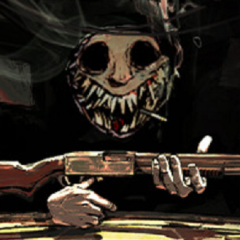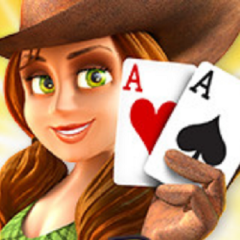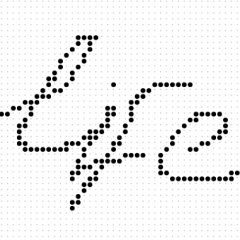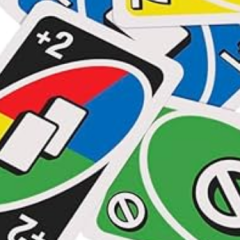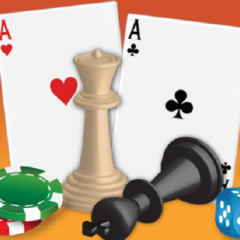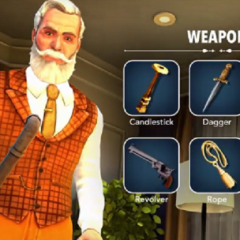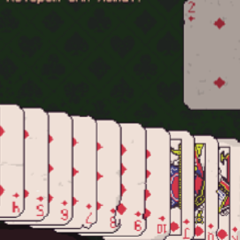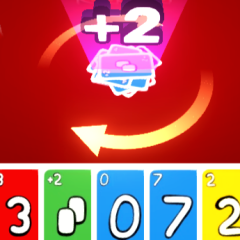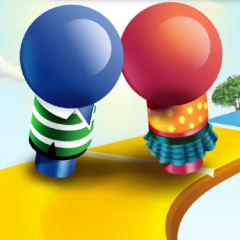The Uno reverse card has become more than just a part of a card game—it’s now a concept of quick change in direction. In gameplay, the reverse card shifts the turn order, sending it back around the table in the opposite direction. This single move can completely change the pace of a match, interrupting strategies and forcing opponents to adapt instantly. When used at the right time, it becomes a tool to break momentum and regain control.
Online Versions and Variations
In digital versions of Uno and browser-based adaptations, the reverse card plays a similar role but often comes with added animations and sound effects to emphasize its impact. It can be paired with other cards like skips or draw twos to create quick, high-pressure moments. Some versions even allow stacking or custom rule combinations, letting players use the reverse card in creative sequences. Timing it well can disrupt another player’s plan or turn an unfavorable hand into an opportunity.
Beyond the Table—A Cultural Icon
Outside of the game, the Uno reverse card has taken on a new meaning as a symbol of turning the situation around. It’s widely used in memes, videos, and jokes as a punchline representing an unexpected reversal. This simple piece of gameplay has found a place in digital culture, giving it relevance far beyond the original tabletop experience. Its visual design—bright, bold, and instantly recognizable—adds to its viral appeal.
Simple Concept, Big Effect
What makes the reverse card stand out is its simplicity. Unlike other game mechanics that rely on complex combinations or long-term planning, the reverse card delivers an immediate change with just one move. In a four-player game, it can completely alter the rhythm, skip a player, or bring your turn around faster than expected. Its effect is fast, clean, and disruptive—in a way that keeps each match unpredictable and gives even the losing player a chance to swing things back their way.
